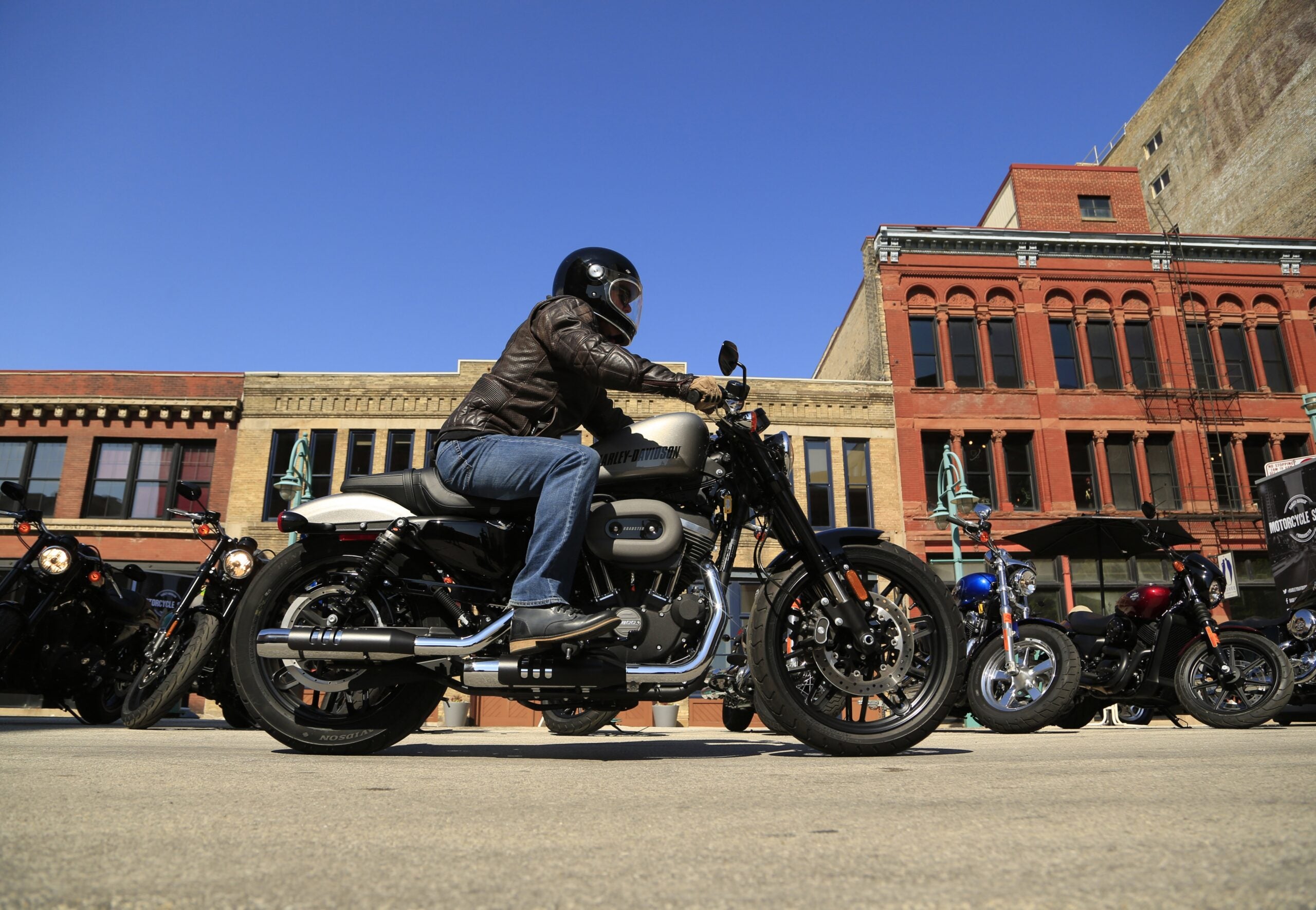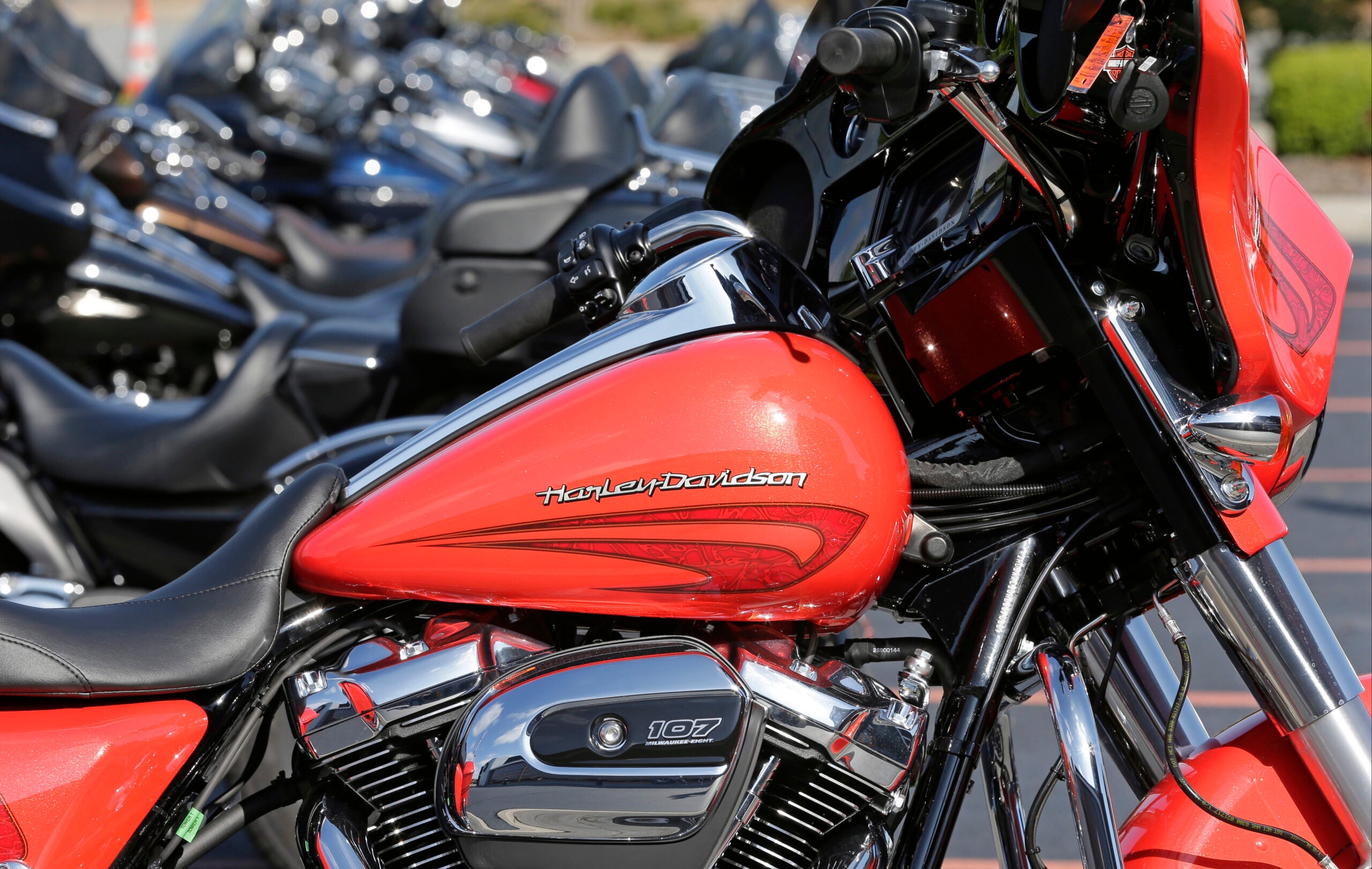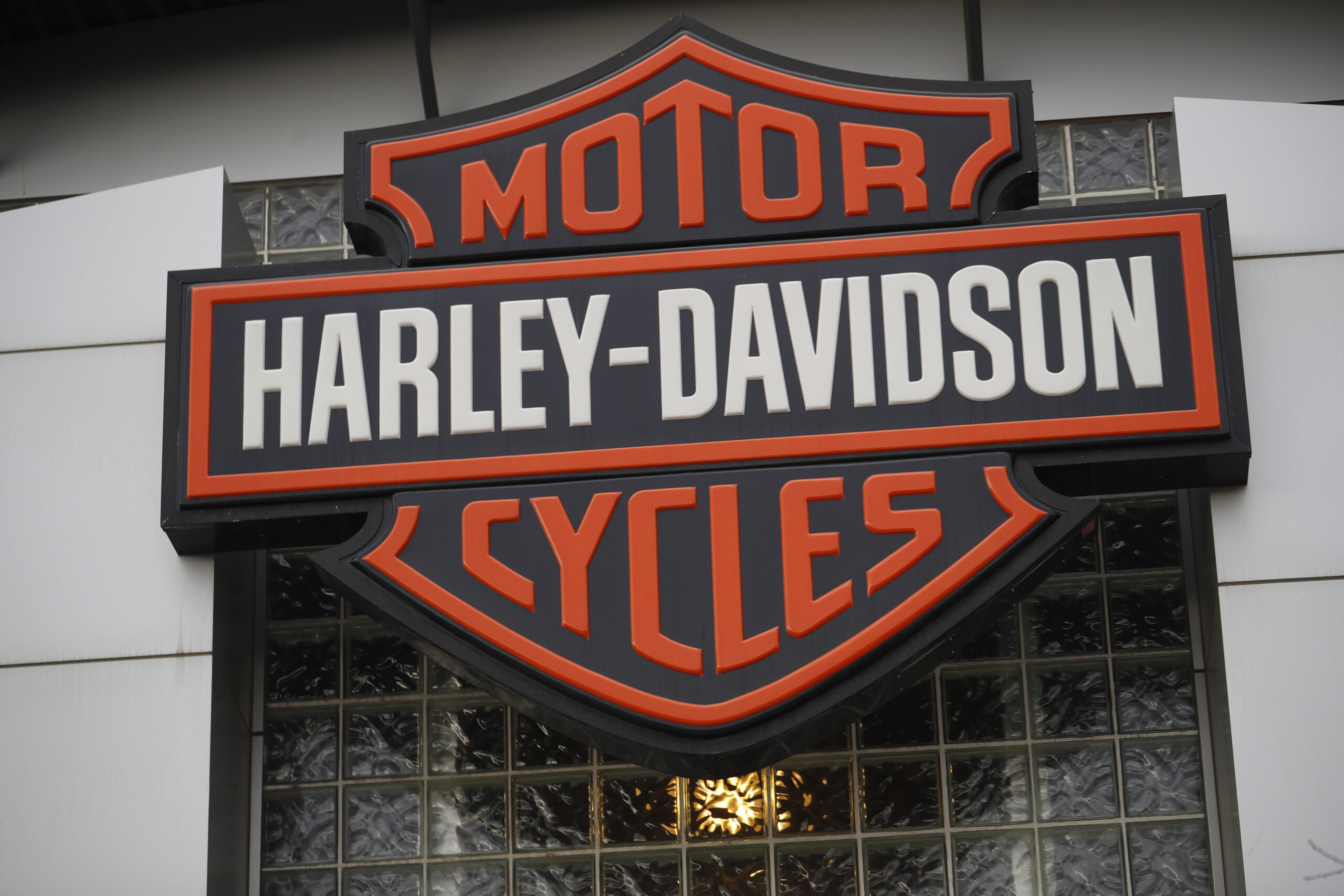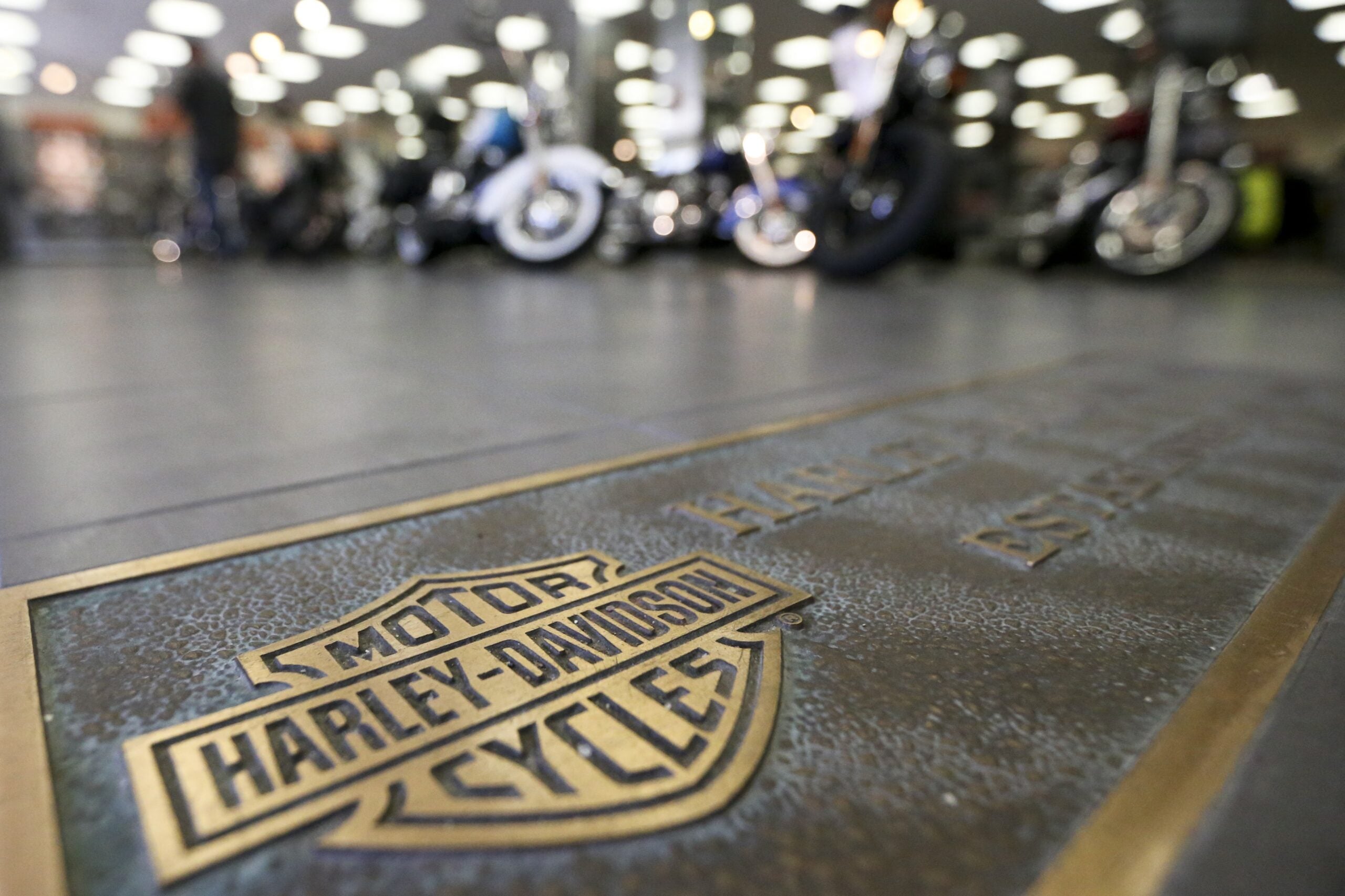When it comes to Wisconsin’s cultural icons, Harley-Davidson motorcycles would likely rank alongside cheese and the Green Bay Packers atop any list.
But as the state’s dairy industry continues to see record production and the Packers remain as popular as ever, Harley-Davidson Inc. has been traveling a rough road in recent years.
On Oct. 17, the Milwaukee-based manufacturer announced 2017 third-quarter earnings of $68.2 million, down 40 percent compared to 2016.
News with a little more humanity
WPR’s “Wisconsin Today” newsletter keeps you connected to the state you love without feeling overwhelmed. No paywall. No agenda. No corporate filter.
The most recent report amounts to six quarters of losses for the company, according to analyst Robin Diedrich of Edward Jones.
She said the losses are due to decreasing popularity of so-called heavyweight motorcycles — those with more than 600 cubic centimeters of engine torque and power, also called touring bikes.
Diedrich said younger riders tend to shy away from large bikes in favor of smaller, less expensive street models.
“It’s definitely the tour bikes that Harley sells,” Diedrich said. “Their Softail line, even the Sportster bikes, all of their bikes primarily are in the heavyweight category.”
A Harley Softail mosel can cost $25,000.
Addressing investors’ concerns during a recent conference call with stock analysts, Harley-Davidson CEO Matt Levatich said the company is focused both on pursuing growth overseas, especially in Asia, and maintaining the American market.
“While the United States is a ‘mature’ motorcycle market, we’re investing to grow it. As the motorcycle leader with 115 years of experience, we believe we’re well positioned to build ridership and strengthen the sport of motorcycling over time,” Levatich said.
The company’s worldwide shipments were down to 241,000 this year compared to 246,000 in 2016.
Still, Harley commands 53 percent of the U.S. market share and is planning to unveil dozens of new models over the next decade that it hopes will appeal to younger potential riders.
Analyst Diedrich said the company is also good at managing its inventory so as not to saturate the market. She recommends Harley stock as a “hold,” but not necessarily a “sell.”
“I think the stock has been beat up a bit.” Diedrich said. “Some of these concerns are already baked in. At the same time we feel like there’s better places to put money to work today.”
Even if analysts aren’t so bullish on Harley, dealerships say they’re in it for the long run.
Kersten Heling is general manager of Doc’s Harley-Davidson on State Highway 29, about 20 miles west of Green Bay. Her father owns the dealership and she’s worked there most of her life.
Heling said she has seen the markets ups and downs: “The ups have been up and up where we had waiting lists for new motorcycles. That was for several years. And the downs haven’t really been what I’d consider to be a ‘down,’ more of a ‘flat.’”
To get riders — and potential riders — engaged, Harley-Davidson is offering Riding Academy programs at dealerships like Doc’s to teach bike-handling skills and the rules of the road.
Heling said dealerships like hers are also trying to bring in families however they can. She said Doc’s has tried to make itself a destination.
“We have a zoo with a camel, a herd of buffalo, alligators and tortoises,” she said.
Those attractions might make a fun roadside stop for a family in a minivan but ultimately motorcycle riders pay the bills.
Marinette resident Mike Hartzheim has been a Harley rider since 1988. He said he understands that younger people might find even an entry-level bike to be cost-prohibitive: “Motorcycles aren’t cheap. I guess if it’s a Honda or a Harley or whatever.”
Hartzheim rides one of the popular Softails. His late-model bike cost approximately $21,000. Aside from the cost being prohibitive, Hartzheim said he feels the company is doing a good job trying to gauge what younger people want.
“Harley has made changes this year geared more toward younger people, so once you get somebody’s foot in the door you go from there,” he said.
But whether the iconic motorcycle company can persuade enough new riders to get their feet in the door and swing them over the top of a new Harley remains an open question — one not just for investors who have seen a drop in their share prices, but for dealers like Heling and for the workers who make the bikes. In July, Harley-Davidson announced plans for temporary layoffs at some of its manufacturing facilities, including at its plant in Menominee Falls, Wisconsin that employs 1,000 production workers.
Wisconsin Public Radio, © Copyright 2026, Board of Regents of the University of Wisconsin System and Wisconsin Educational Communications Board.




